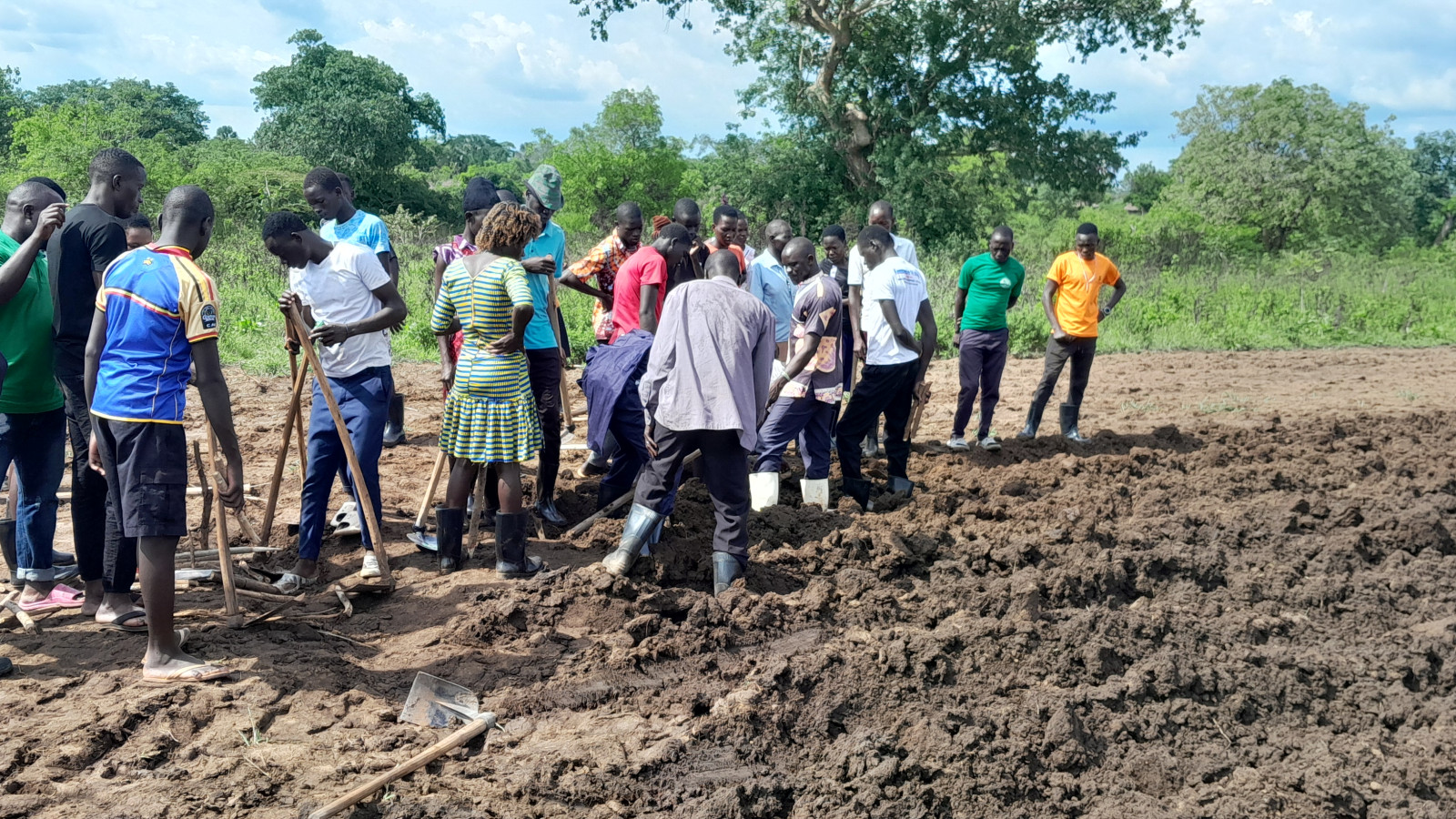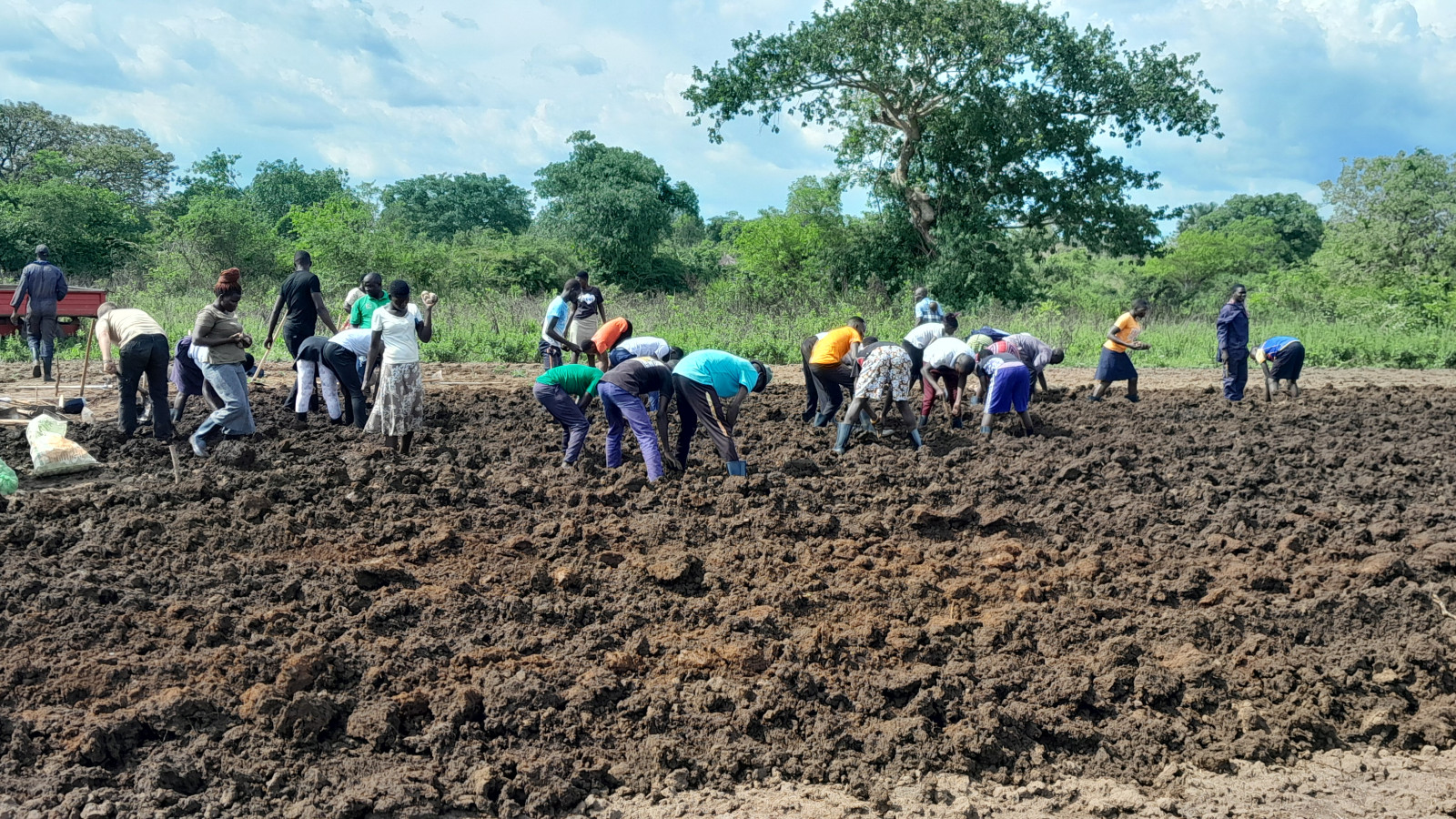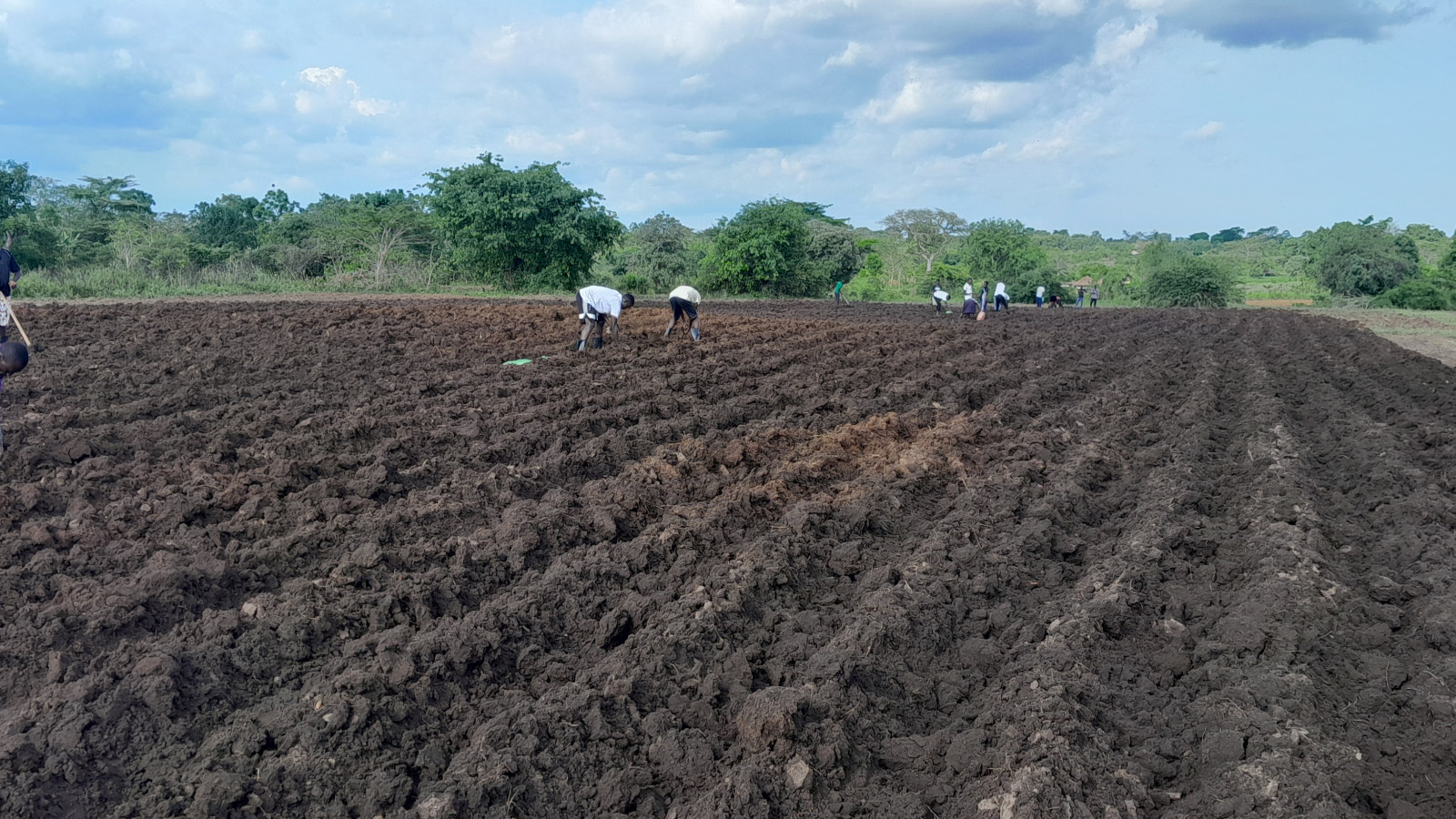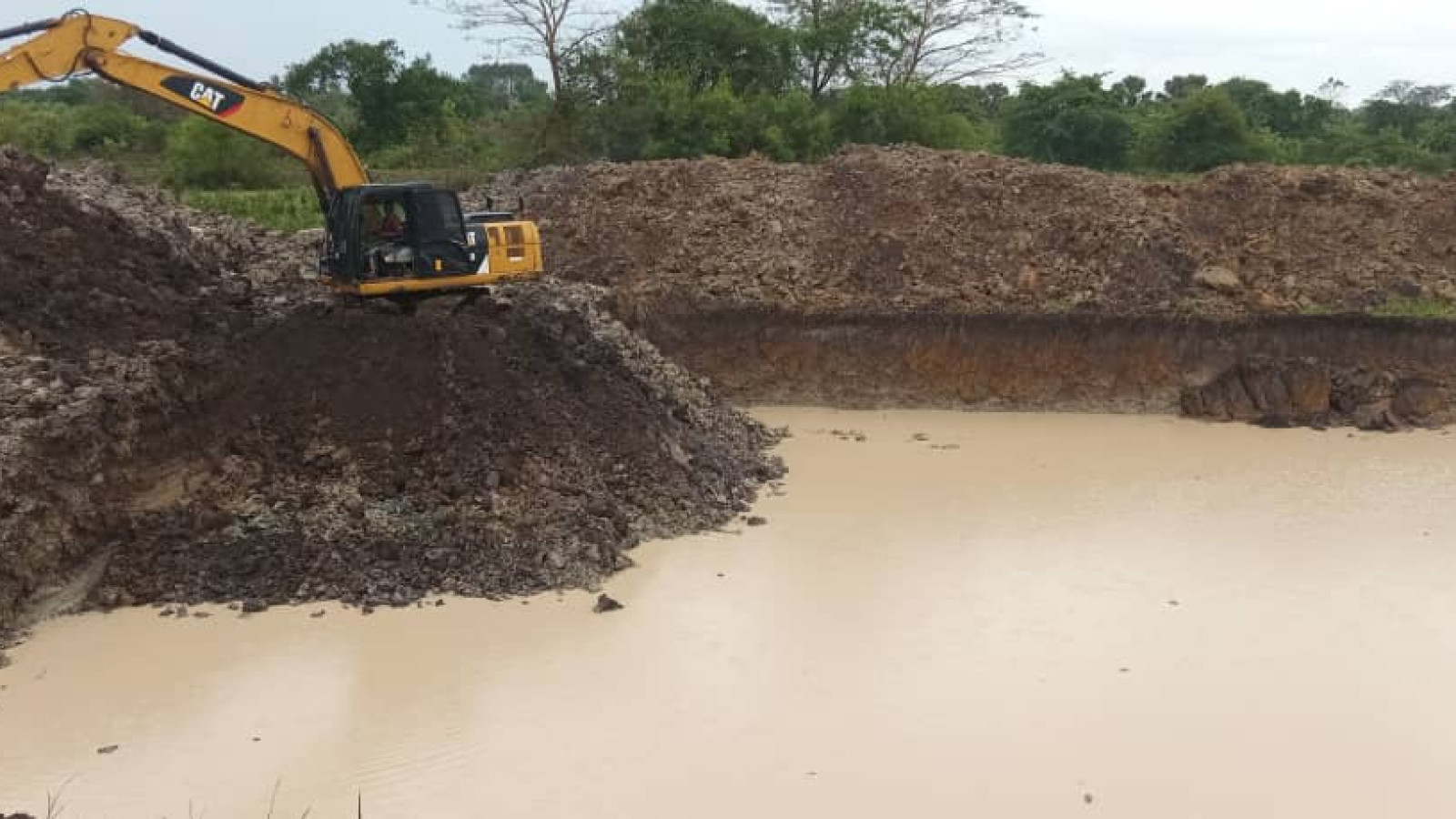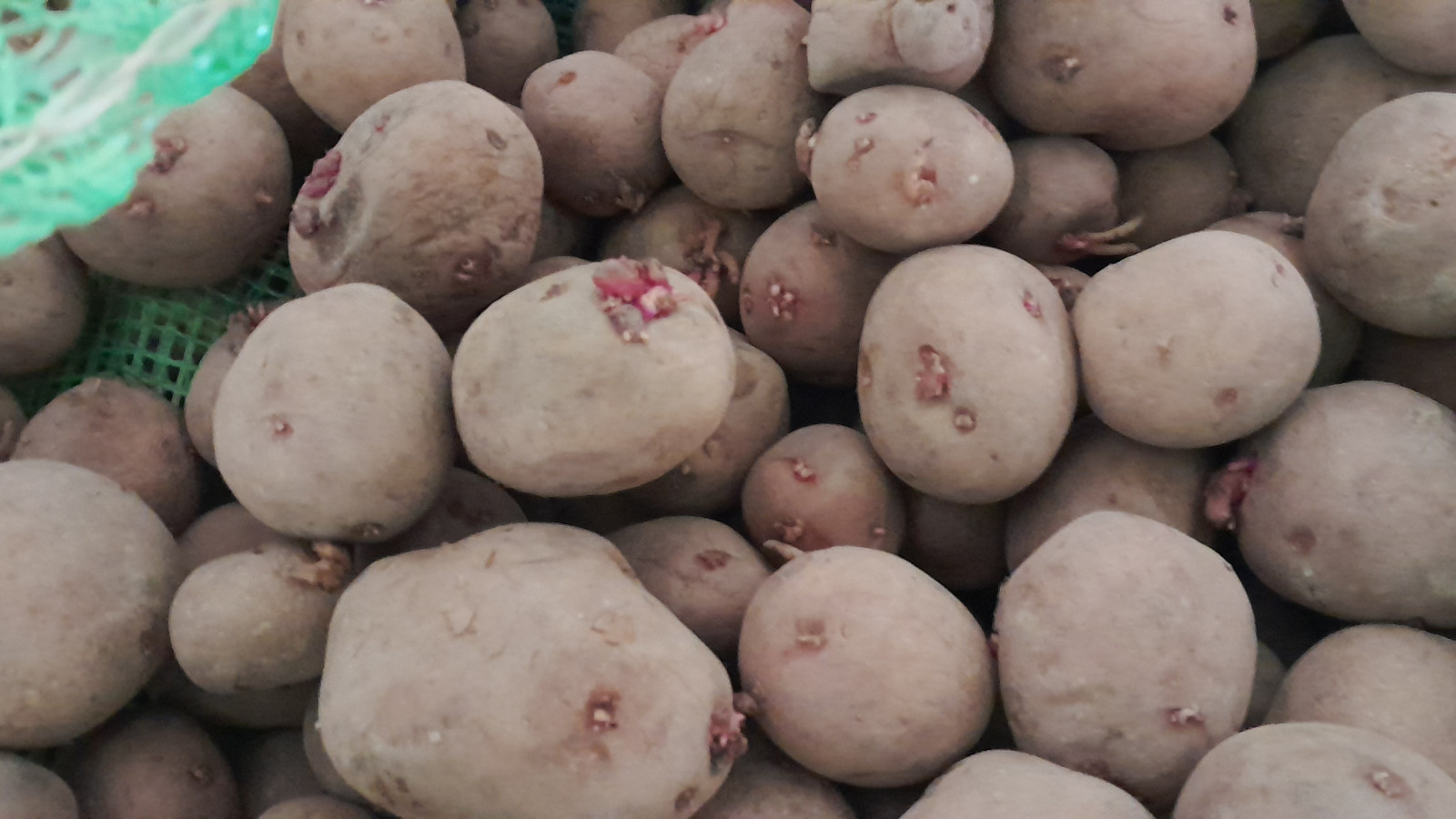After months of planning the joint venture to grow ‘Irish Potato’ between Branston and an Agricultural training college in Alito, Uganda has got underway.
The college has never grown Irish potatoes before and Branston is providing both financial and Agronomist support for the first planting. This first year has two key objectives, namely the digging of two 2,000 cubic metre water storage lagoons to allow for water irrigation if the rains during the wet season continue to be erratic. Secondly, to carry out several trials on a one acre test site, to provide a teaching plot for the college students and staff alike. Trials will include varying levels of fertiliser, planting densities and potato varieties.
In April Ian Arnold, Interim Project Manager, went out to Alito to oversee the land preparation and planting.
The bulk of the planting was a variety developed specifically for growing in Africa, Rwangume, but we are also assessing two more common European varieties, Arizona and Markies, to see how they fare in the hot climate. Average daytime temperatures are between 32 and 36 degrees Celsius.
Mechanization is present at the college, but it’s general purpose not rather than potato-specific, so the land was disc ploughed, then disc harrowed before a ‘Ripper’ was modified to create ridges to plant in. Fertiliser was applied manually using ‘broadcast’ techniques with several of the students carrying out this task.
Planting was delayed on the planned day due to heavy overnight thunderstorms and didn’t start until 2pm With nearly 100 staff and students involved small teams were set up to plant. Sticks were cut to the planting distance of 30cm and a cable tie applied halfway along to indicate the planting depth. The one team member “Dibbed”, the second planted the tuber and the third hand covered and used a hoe to re-create a tidy ridge.
Over a three-hour period nearly 20,000 tubers were planted by hand, a very productive day indeed.
With overnight rains following planting the field was inspected in the morning to ensure good tuber coverage and all found to be well. Now we have to wait to see how quickly and which variety emerges first.
